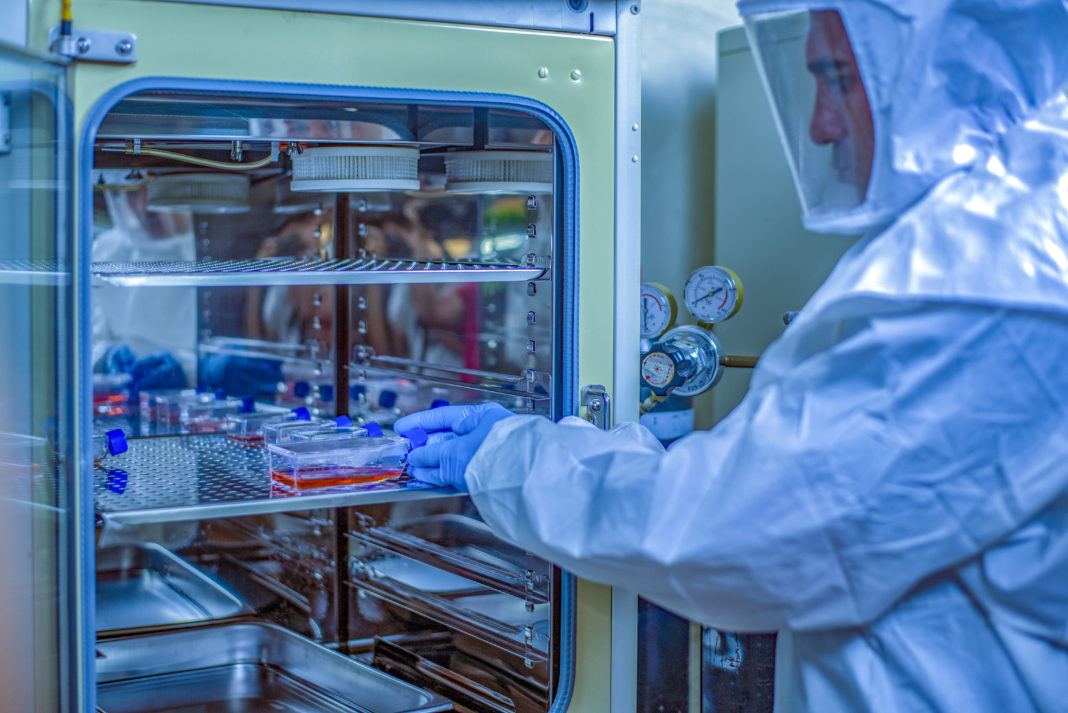Vivienne Raper, PhD, interviewed Michael Jacobson, PhD, managing partner at Cambridge Biostrategy Associates. Michael consults for companies that manufacture equipment, supplies, and services for the bioprocessing industry. Here, he talked exclusively to GEN about the next year, and decade, in cell and gene therapy.
GEN: What would you say are the big-picture trends going into 2021?
Michael: Bioprocessing is moving towards single-use closed systems and connected processes, but the industry is conservative, and adoption is slow and steady. COVID-19 has kicked things further into gear, with considerable investment going to contract manufacturers who have built up extra capacity in vaccines and antibody production to address the pandemic. So there’s a question about what happens to that extra capacity afterwards.
GEN: What are the most interesting directions for cell therapy right now?
Michael: The big thing is that no one knows. I’d look out for signs of success in solid tumors, which is the big market cell therapy has to reach to go beyond being a niche for blood cancers. In the TIL area, look at lifileucel (LN-144) from Iovance Biotherapeutics, which is expecting to submit a BLA this year in metastatic melanoma. They’re the most advanced representative of that approach.
T cell receptor therapy (TCR-T) is another approach to look out for in solid tumors. GSK3377794 (GSK ‘794), an NY-ESO SPEAR T-cell therapy originally developed by Adaptimmune, was forecast to come out in 2022, and TCR2 have projects expected to come out in 2023. I’d watch those because they will give the first indications of the success of that approach clinically and commercially.
NK cells are also interesting because they’re naturally allogeneic and can be used for off-the-shelf rather than bespoke one-off (autologous) therapies like CAR-T. A big thing that’s held them back is the science of growing and scaling them, but that will get worked out.

GEN: What does this mean for manufacturing?
Michael: Cell therapies are still at a relatively early stage and are very heterogeneous in terms of what manufacturing process to use. It’s hard for suppliers to come up with a solution for everyone and so companies are beholden to one or two suppliers or the manufacturers need to put together their own, custom approaches.
Some suppliers are adapting equipment already used in conventional bioprocessing, where they know they have a market. Others are a bit more cautious, but willing to buy into technologies that seem promising in their own right.
One approach is selling a modular approach to manufacturing, but there are also companies offering all-in-one systems. Miltenyi is currently dominating that, but companies are tied into their system. That works well for academic institutions, who don’t have the expertise or labor for more industrial processes, but it’s difficult to reprogram for people who are in manufacturing for the long haul.


